What is summit fever? The deadly all-or-nothing compulsion for the summit
Our mountaineering expert takes a look at summit fever, the sometimes-fatal mindset that occurs when desire overrides judgement in the mountains
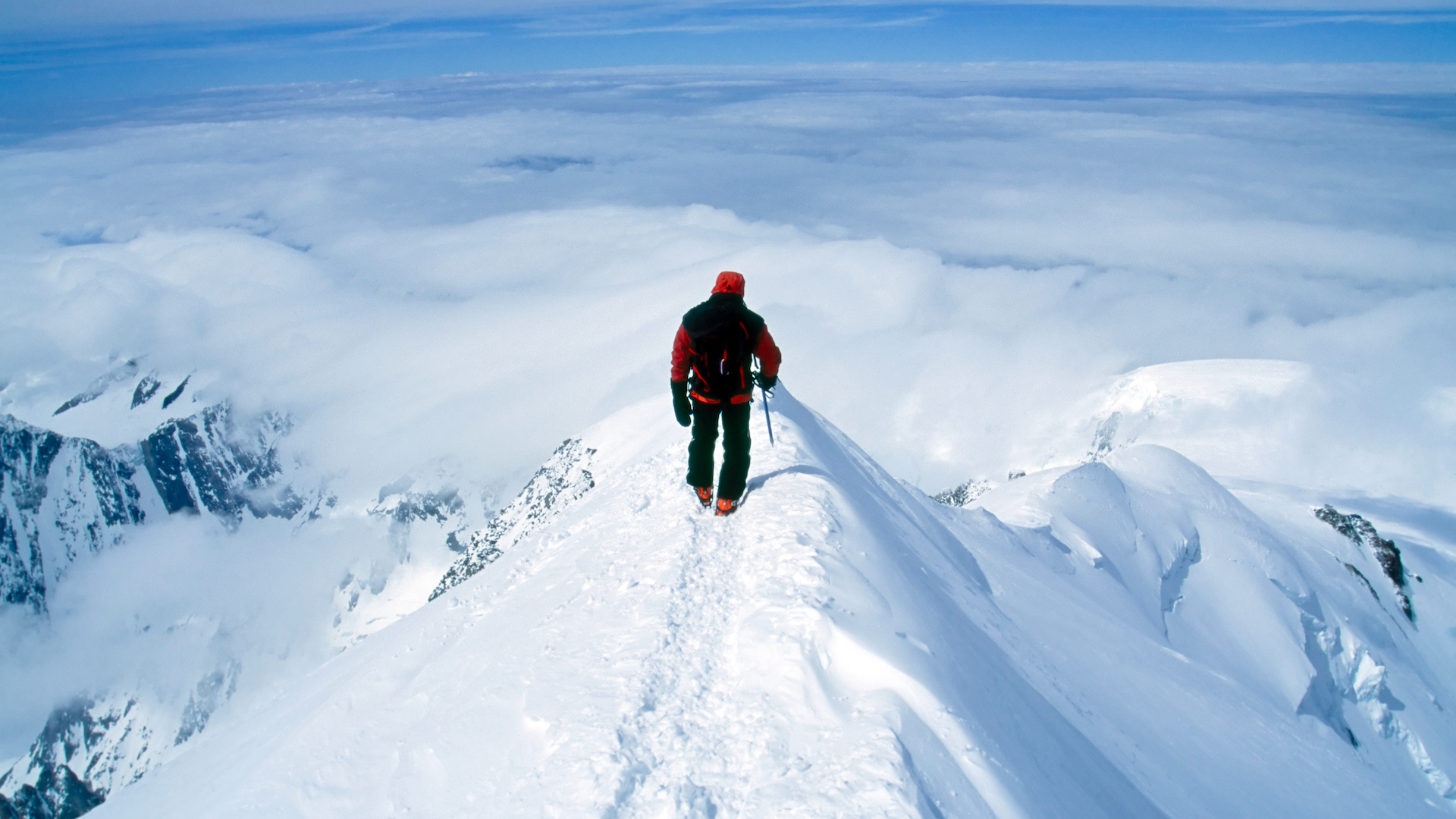
The concept of glory when reaching the top, in all walks of life, is ingrained in society. The top is the place to be. This belief is reinforced and celebrated over and over throughout the world. Sports teams win the league by being at the top. The CEO sits proud at the apex of the org chart. Angels sit above all else on the Christmas tree. An athlete in their prime is at ‘the peak of their powers’. Heaven is above and hell below.
A summit is just one small part of a mountain. Yet, for many people, it’s everything. The summit is the tiny patch of land that separates success from failure. The top is the place to be, where glory awaits.
From your everyday peak baggers to high-altitude mountaineers, the summit is the ultimate goal. Even putting mountaineers to one side for a moment, some summits are so revered that the people who live in their thrall consider them sacred. Some of the world’s most stunning mountains are “unclimbed” because of this, such as Nepal’s Machapuchare or Tibet’s Kailash.
Whether it’s in general life, in hiking or mountaineering circles or in terms of religious belief, many could be said to suffer from a sort of summit fever. Yet the term has a very specific meaning that describes a very specific state of mind. We asked one of our mountain experts to dig deeper into the phenomenon, to answer the question: what is summit fever?
What is summit fever?
Summit fever describes the mindset of a mountaineer when they become solely focused on reaching a mountain summit, despite the potential negative consequences and risks involved in doing so.
The comprehensive mountaineers’ bible Mountaineering: The Freedom of the Hills states that ‘poorly reined in desire to reach the summit is the most common bias leading to poor decisions’, in other words, summit fever often directly leads to making bad choices in the mountains. It goes on to point out that ‘sadly a number of climbers have lost their lives trying to completed a socially-designated list of peaks, when their intense focus on scoring that summit overrode safety’.
(Summit Fever is also a 2022 motion picture, starring Ryan Phillippe, about an English mountaineer’s quest to climb the Matterhorn, Eiger and Mont Blanc in a single summer. The film is not the subject of this feature.)
Advnture Newsletter
All the latest inspiration, tips and guides to help you plan your next Advnture!
Meet the expert

Alex is a qualified Mountain Leader and former President of the London Mountaineering Club. He’s a casual peak bagger and enjoys reaching a summit as much as the next person, whether he’s exploring the Scottish Highlands or the Alps.
Summit fever and the world’s highest mountains
- The rewards and dangers of the summit are intensified by the world's highest mountains
- Challenging weather, altitude and remoteness make high mountains more dangerous
- Summit fever has played a part in many tragedies among the high mountains of the world
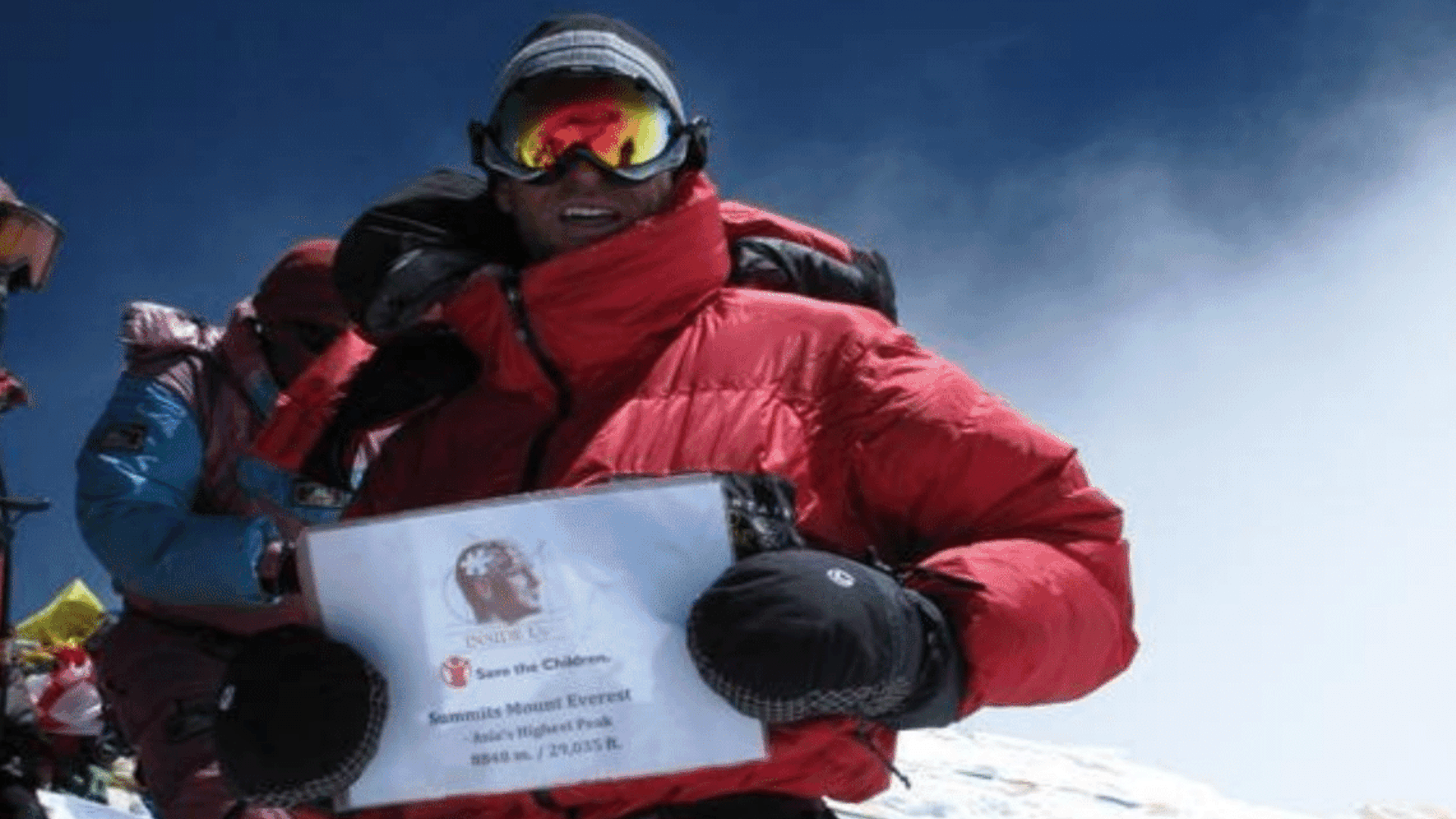
In theory, summit fever can take hold on any peak, however big or small. I’m sure many of us have pressed on to attain a summit knowing we’d be back home a little later than planned, or when we were weary with fatigue but close enough to make the push worthwhile.
However, for the purposes of this feature, we’re concerned with summit fever in the big mountains, the Greater Ranges, the big hitters. This is where the perceived rewards of the summit are all the richer, while the consequences for pushing on are more dangerous due to extreme weather, the effects of altitude and the level of commitment required to reach such remote points. It’s fair to say that summit fever can become much more acute when you’re dealing with the likes of Everest, Denali or Aconcagua.
Many of the tragedies that have played out on mountains like Everest or K2 have been, in part, attributed to summit fever. Whether Mallory and Irvine’s fateful attempt on Everest in 1924; the 1996 Everest disaster, dramatized by the Everest motion picture; or the 2008 K2 disaster, documented in Graham Bowley’s No Way Down – there are those that insist that if the mountaineers involved had not been suffering from some form of summit fever, they’d have recognized the hazardous situation they were walking into and made the decision to turn back, thus averting tragedy.
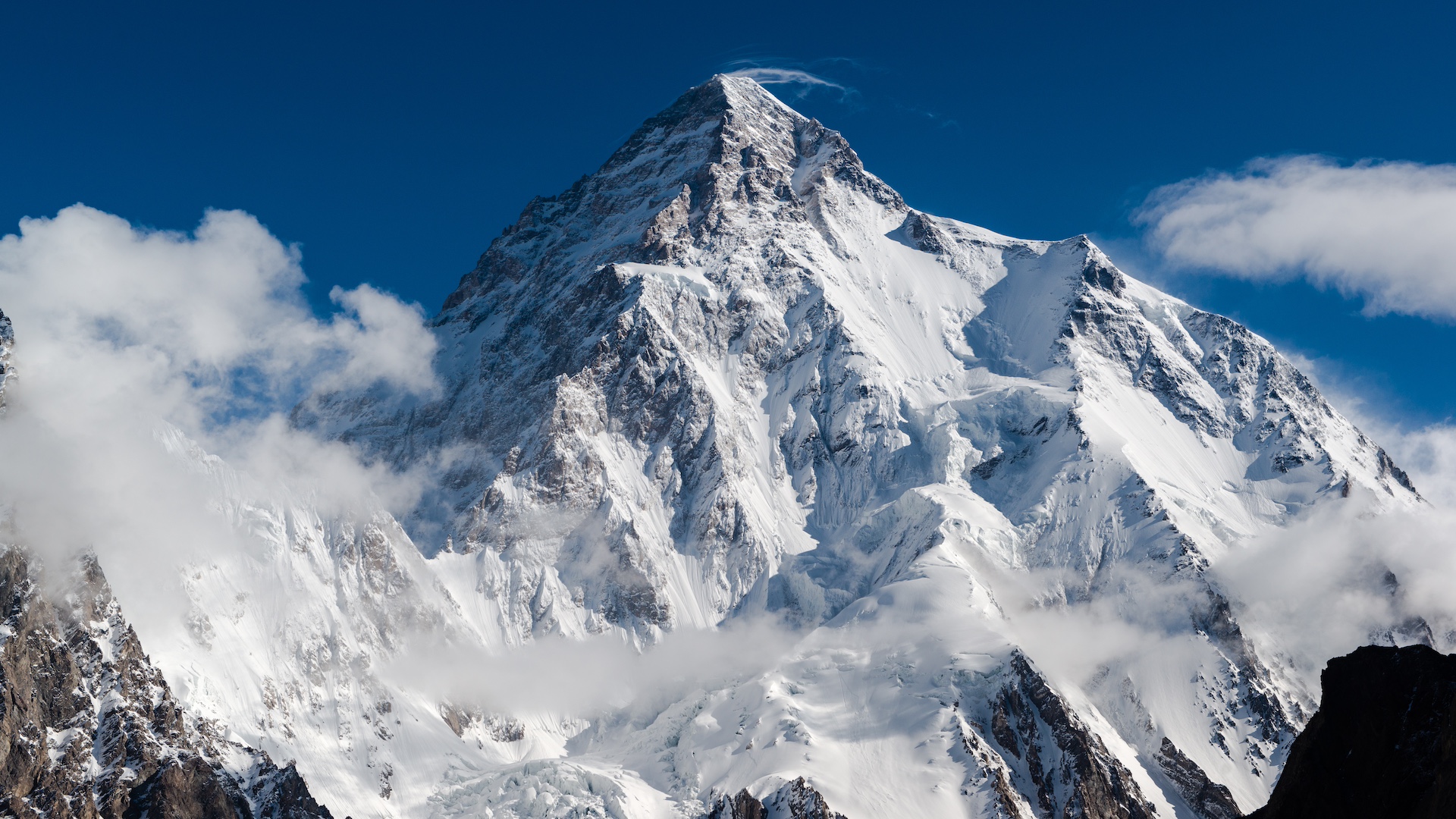
Another factor is heuristics, the mental shortcuts that humans take when making decisions. Without going into too much detail (we could write a whole feature on heuristics), it can be summed up like this: mountaineers who’ve had success before will believe that they can, and will, be successful again. They have a sort of bias towards their own chances of success. You can get lucky multiple times in the mountains. You may only be unlucky once. Climbers bound for the summit of an 8,000-meter peak will have undoubtedly climbed many peaks prior to the one they’re on. If it was fine last time, heuristics may make them believe it will be fine this time, even if there are warning signs that indicate otherwise.
I’d assert, regardless of whether you’re on the mountain already, or planning to one day climb into a place literally known as the ‘death zone’, that you’re already suffering from summit fever to some degree. The pull of entering the unknown, the dream of standing on the summit of one of these great mountains, is something that many of us can at least appreciate. All mountain lovers have at least a mild case of summit fever.
Summit fever and the poker analogy
- The cost of climbing big mountains makes the decision to turn back more difficult
- This is because you'll have already committed so much to the cause

Unless you’re very wealthy or an elite mountaineer, the trip to these grand summits might be the adventure of a lifetime. This can elevate the importance of reaching the summit beyond the norm. Usually, when aborting from a mountaineering goal, we tell ourselves something like ‘the mountains will be there another day.’ But, when an Everest ascent costs upwards of $40,000 and entails taking months off work and spending significant time away from loved ones, the opportunity to climb the mountain may only come once.
I’m going to call this the poker analogy. You’ve got a good initial hand and you’ve committed a fair few chips. The flop has landed in your favour too, so you raise the stakes with yet more chips. Most fold, but one other player matches your stake. The turn doesn’t go your way but you’ve still got a pretty decent hand. You check, but the other player raises the stakes. You decide to match this. The river goes against you, your hand isn’t quite as strong as you originally hoped it would be and again the other player raises the stakes. What do you do? You’ve committed so much already. Do you see the hand to the end, even though it means committing even more? Or do you fold, throwing away your investment in what was to come?
The investment you’ll have put in to get anywhere near the summit of a Himalayan giant is likely to have been a large one. The odds are that, if the summit is within reach, you’ll feel a lot like the poker player chasing the hand. With so much staked on getting to the top, it will feel absolutely galling to have to turn back, when the glittering prize of the summit is so near.
Summit fever and motivating factors
- There are many motivating factors that fuel the compulsion to summit
- These could be financial reward, prestige, professional progression or social factors
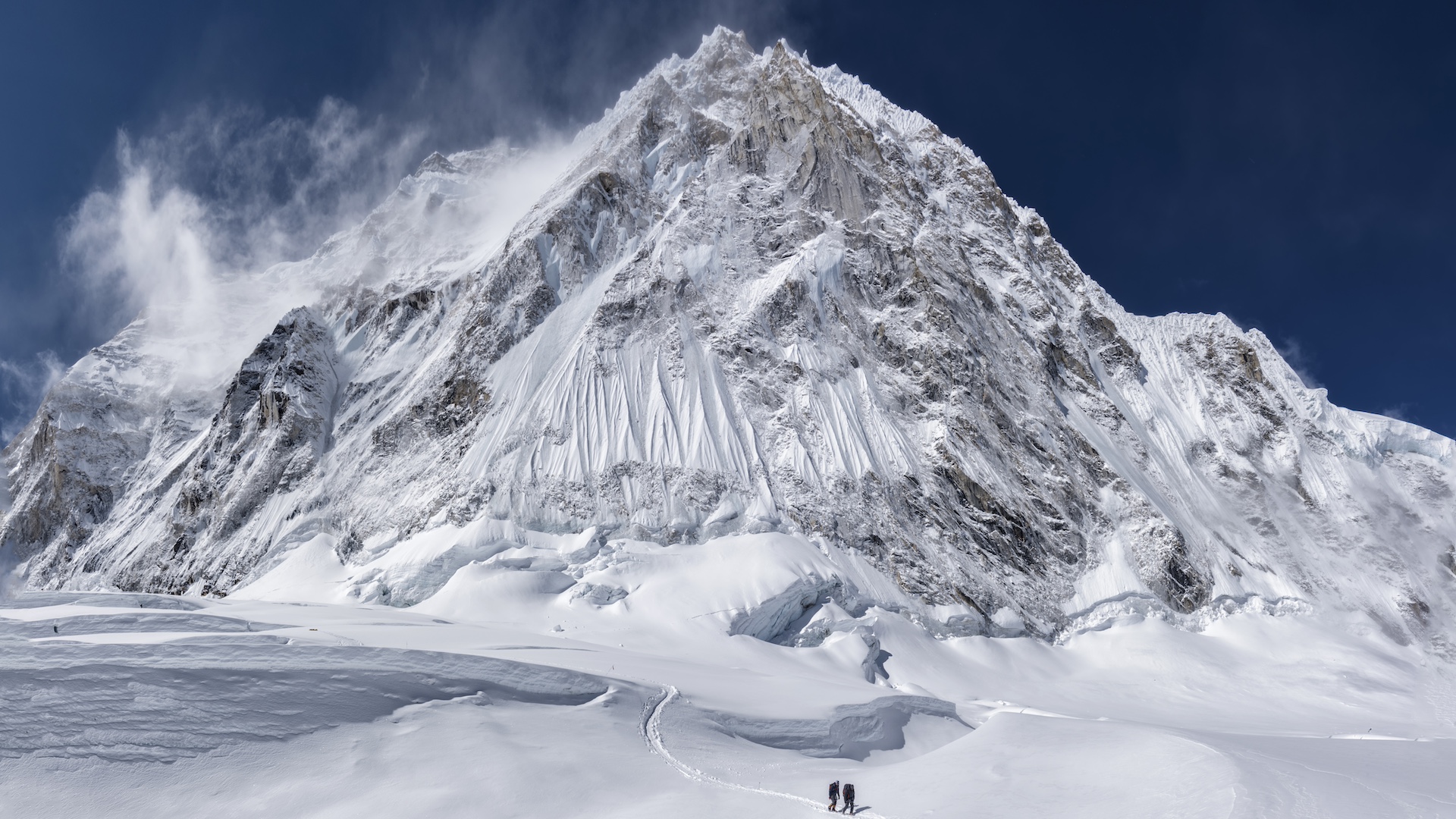
The compulsion to reach the summit is undoubtedly also fuelled by both internal and external motivating factors. As well as the very personal drive to achieve the extraordinary, there’s also the social pressure that comes with a big trip, especially in this day and age. Let’s face, humans crave status. No one wants to be ‘the guy/gal who almost climbed (insert mountain name here).’ That all this may also play out on social media these days only makes an individual’s perceived success or failure all the more public.
Then, there’s other rewards to consider. Sponsored athletes may feel pressure to perform and achieve, to deliver the best content, to keep the funding coming in for more adventures. Many see success on 8,000m peaks as a gateway to financial reward in their professional lives: writing books, giving talks or enhancing their reputation as a guide or inspirational figure. Instructors guiding others may be motivated to achieve a 100% success rate because it’s good for business.
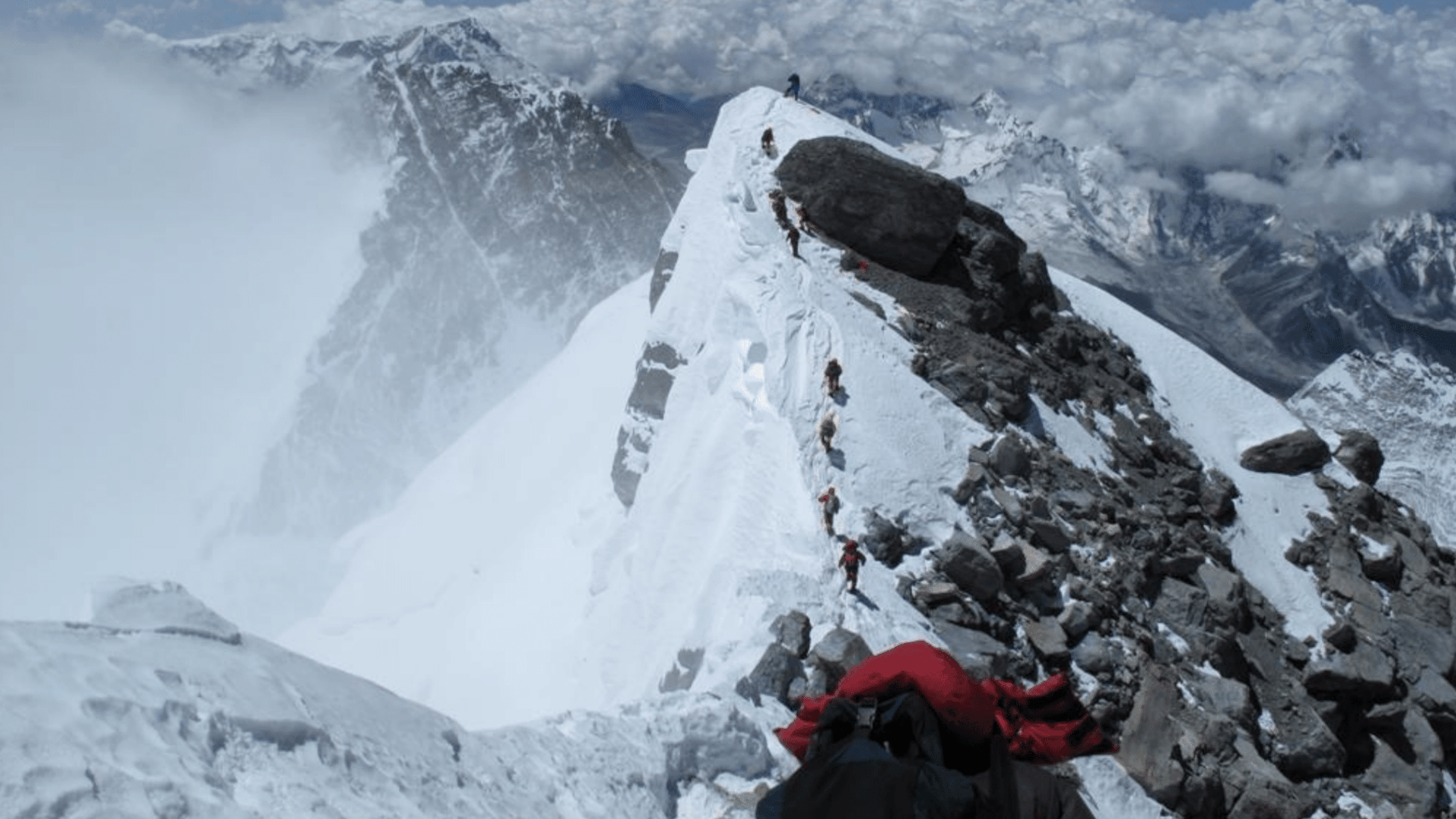
It's well documented that many feel that mountaineering awards, such as the Piolet d'Ors, motivate elite mountaineers to take greater risk for the prestigious title. Status, once again, rears its head.
I’m not saying these motivations hold true for all. Some don’t post anything on social media. Many climb for the love of the mountains, without thought for financial reward. I’m sure the vast majority of guides place client safety way above the achievement of getting everyone to the top. What I am saying, however, is that many possible motivating factors exist when it comes to that final summit push.
Summit fever and high altitude
- The lack of oxygen at high altitude impacts cognitive ability
- Making considered judgements becomes more challenging
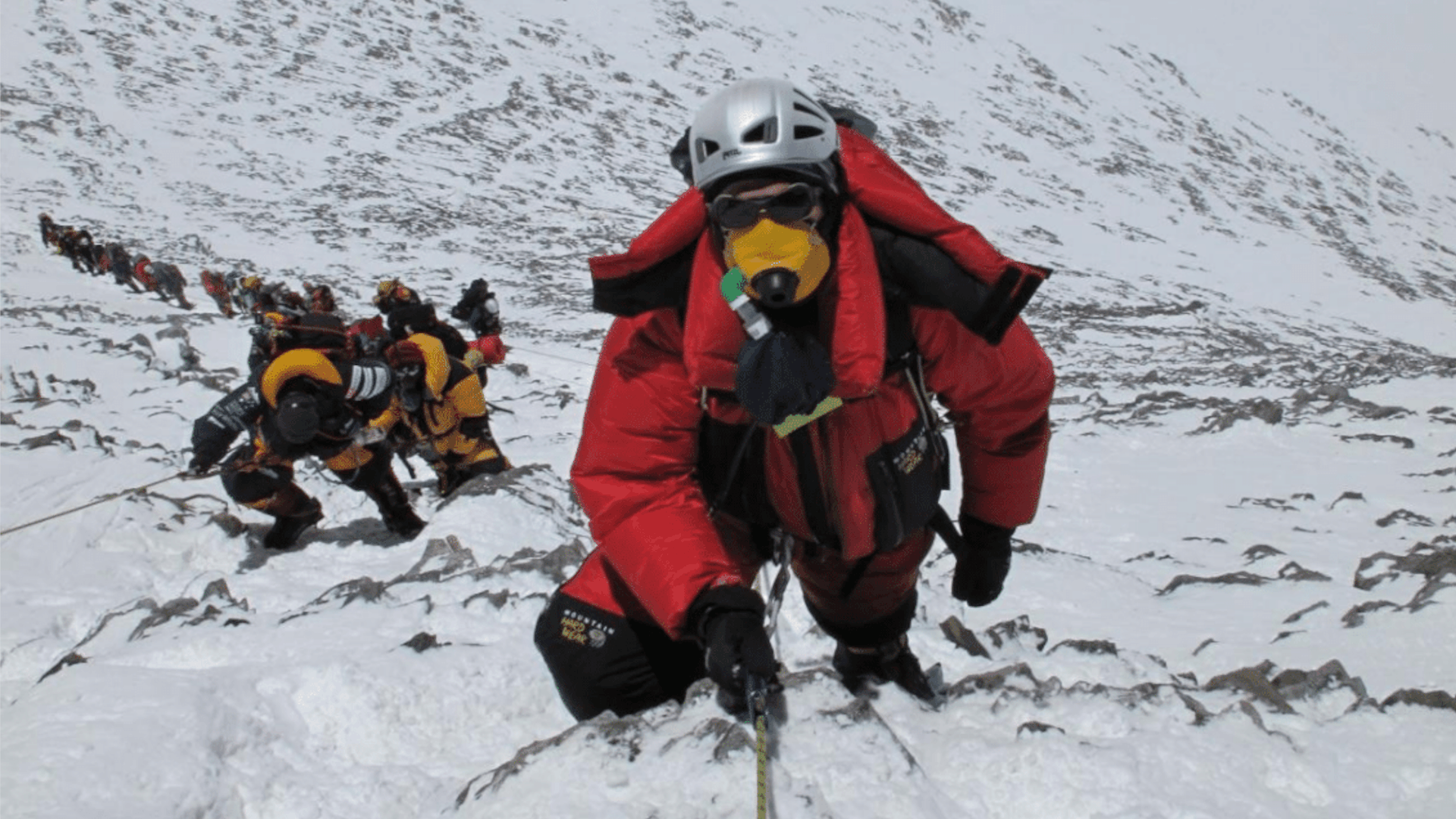
Another factor that’s unique to the world’s higher mountains is the effect of high altitude on decision making. With every meter gained at altitude, the air pressure is lower and the amount of oxygen available decreases. Your organs and tissues struggle to get the required amount of oxygen to function normally. This state of reduced oxygen is called hypoxia.
Studies show that this has a profound impact on an individual’s cognitive ability – the ability to think clearly, perform complex tasks and, therefore, make considered judgements. Mix this in with all of the motivating factors above and it’s easy to see how summit fever can lead to tragedy for mountaineers in the death zone.
Many use supplementary oxygen to combat the thin air at altitude, though many purists still attempt high mountains without it. It's likely though that, without bottled oxygen, there's more chance of making less rational decisions.
Shifting the motivation
- Adopt a mindset where the overall experience, rather than the summit, is the objective
- A quality adventure should be the desired outcome, not a summit
I’ve got a list of mountains in a note on my iPhone. Read and write about the world’s wild places for long enough, and you soon develop a bucket list of places that are often singled out for special praise by those who have become acquainted. Triglav, Watzmann, Jannu, Ushba, Kriváń, Malyovitsa, Changabang, Kyrkjetaket, Falketind – just to name a few. I like that the list is slightly esoteric.
Sat around the campfire one evening, I shared this list with an adventurous buddy of mine. “These are the peaks you want to climb?” he asked.
“No, these are the mountains I want to see,” I replied.
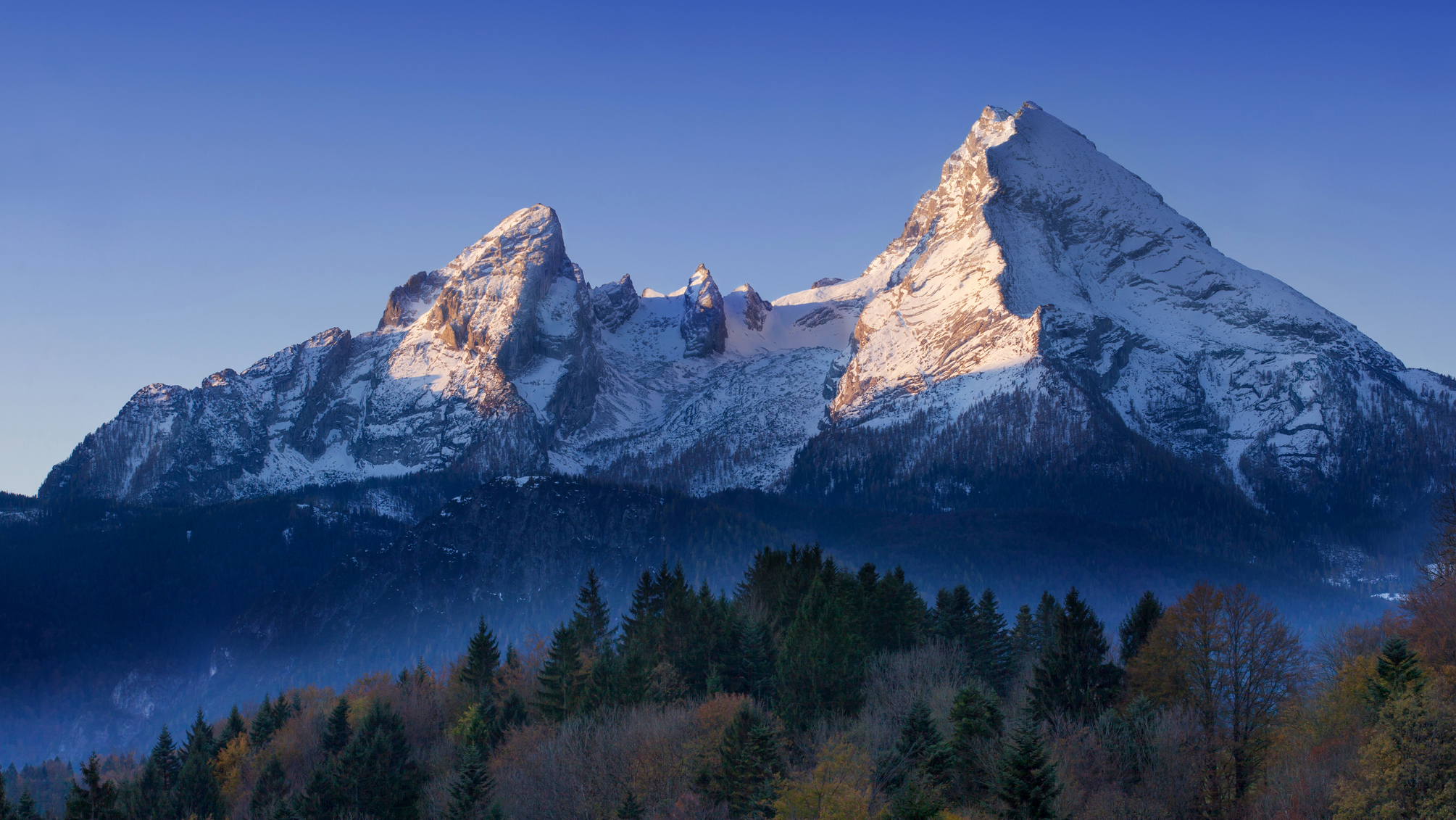
This is a list of mountains, not a list of peaks. These are places I want to experience, not necessarily to climb. Don’t get me wrong, while getting to the top of some of them would be great (though some are way beyond my current capability), I’m more interested in exploring these mountains in their entirety, perhaps sharing the journey with others, getting to know the people who live in their shadows, sampling the local cuisine, watching the local wildlife through my binoculars, enjoying the sensations of simply being in the mountains.
There are many cliches that describe this mindset: ‘the journey is the destination’ or ‘the experience is the objective’ are two that spring to mind. As cliched as these may be, they’re a healthier mindset than being hell-bent on a summit, altering the expectations of what will be gained from the overall experience and shifting the motivation for being there in the first place. The quality of the adventure is the main outcome.
I'd hope that, if I was ever on a big mountain faced with the decision to push on regardless of the risk or to return to basecamp, I'd chose the latter. In truth, until you're up there, it's hard to know.
Alex is a freelance adventure writer and mountain leader with an insatiable passion for the mountains. A Cumbrian born and bred, his native English Lake District has a special place in his heart, though he is at least equally happy in North Wales, the Scottish Highlands or the European Alps. Through his hiking, mountaineering, climbing and trail running adventures, Alex aims to inspire others to get outdoors. He's the former President of the London Mountaineering Club, is training to become a winter mountain leader, looking to finally finish bagging all the Wainwright fells of the Lake District and is always keen to head to the 4,000-meter peaks of the Alps. www.alexfoxfield.com
